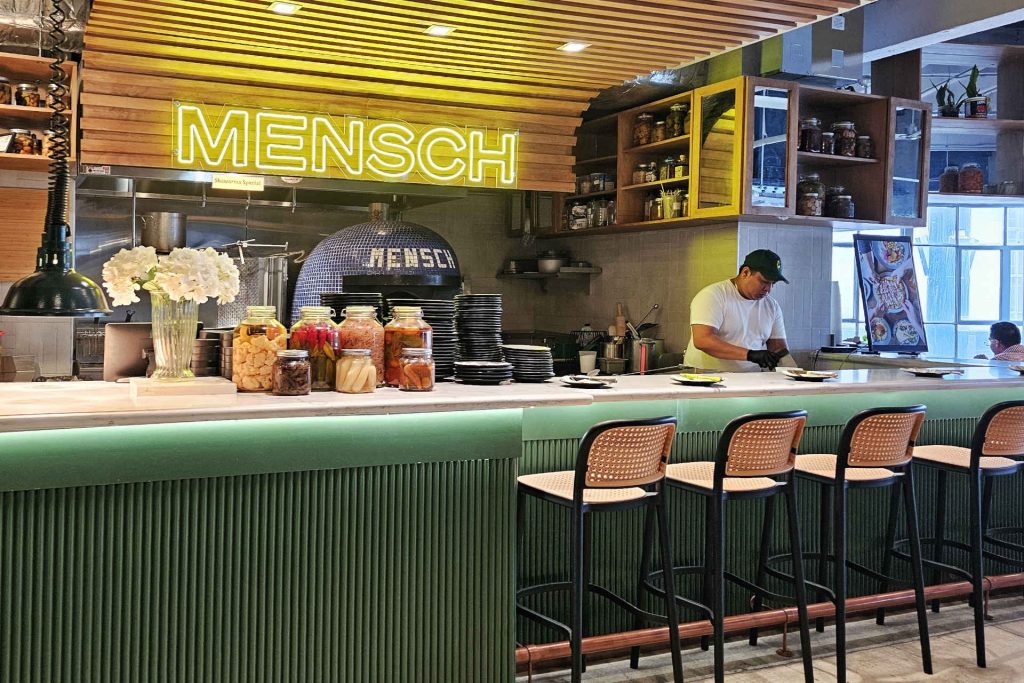The hospitality industry is facing a variety of challenges and changes, particularly with regard to staff and service. One key issue is focus training: more and more employees are being prepared internally for specific tasks, as the traditional training of specialist staff is on the decline. Experienced staff are increasingly taking on the role of trainers and managers for semi-skilled colleagues. This is supported by the use of CoBots, i.e. robots that take on auxiliary work such as clearing up or simple kitchen tasks without replacing human labor.
The industry continues to look for new talent, with new employees coming onto the market due to business closures as a result of repayments of government coronavirus aid. Overall, the hospitality industry will try to increase its attractiveness and respond to the changing expectations of employees and guests through innovative approaches and more flexible working models.
Diversity has long been part of everyday life in the hospitality industry. The industry has traditionally been seen as an entry-level platform for immigrants and people returning to work. For new employees - regardless of their origin - hard work and team orientation are crucial. Nevertheless, companies need to invest more in their employer brand as well as in training and further education in order to remain attractive. This is also made much easier by interactive AI-supported tools that deliver content in all languages.
For many employees, especially Generation Z, it is important to derive real benefits from their work. A change of image to an “awesome industry” is not enough to create long-term motivation. The expectations of Generation Z require flexible working models such as a four-day week and individual development opportunities. This generation is not just looking for a good image, but for meaningful work that offers added value - and a friendly team that welcomes them.
At the same time, production in the kitchen is changing. It is becoming increasingly decoupled, and system processes that use prepared ingredients are gaining in importance. This enables a more efficient way of working, but remains linked to the requirement to maintain hospitality and the service concept.
Especially in the fast-casual and quick-service sector, the demand for customer satisfaction is growing, including the expectation of tipping. An interesting phenomenon is tipping practices in the USA, where, following the coronavirus pandemic, a tip is also expected for counter service, partly due to digital guidelines.

Imola is much more than just a race track: the city combines top-class cuisine, cultural monuments, and traditional producers to create an experience that delights connoisseurs, Italy fans, and curious travelers alike. From 2-star gastronomy at Ristorante San Domenico to creative pizza experiences and slow food osterie to historic libraries, palazzi, and award-winning wineries: this guide shows you the best places for cuisine, culture, and shopping—authentic, high-quality, and with real added value for your next visit to Imola.
The two-star Berlin restaurant Horváth returns to Vienna in early 2026 with an exclusive pop-up, presenting an uncompromising new menu based on “emancipated vegetable cuisine.” For two weeks, Sebastian and Jeannine Frank’s team will take over the Herzig restaurant and serve a 7-course menu that shows how innovative, precise, and luxurious vegetables can be today. A culinary highlight for foodies, fine dining fans, and anyone who doesn’t want to miss Austria’s most exciting pop-up experience of 2026.
This time, Sebastian Frank is taking an even more uncompromising approach, with a new menu and a clear message: vegetables can be luxurious – even without caviar.
With the opening of its new distillery in Mosbach, Aromahopping is sending a strong signal about the future of artisanal spirits. Between extraordinary gin compositions, creative tastings, and a high-caliber supporting program, it became clear what makes the Odenwald brand so special: attention to detail, curiosity about new flavors, and a passion for honest craftsmanship.


The hospitality industry is facing a variety of challenges and changes, particularly with regard to staff and service. One key issue is focus training: more and more employees are being prepared internally for specific tasks, as the traditional training of specialist staff is on the decline. Experienced staff are increasingly taking on the role of trainers and managers for semi-skilled colleagues. This is supported by the use of CoBots, i.e. robots that take on auxiliary work such as clearing up or simple kitchen tasks without replacing human labor.